5 Expert Putting Drills From A Four-Time DP World Tour Winner
Learn how to putt like a champion and make more birdies with these 5 expert putting drills...
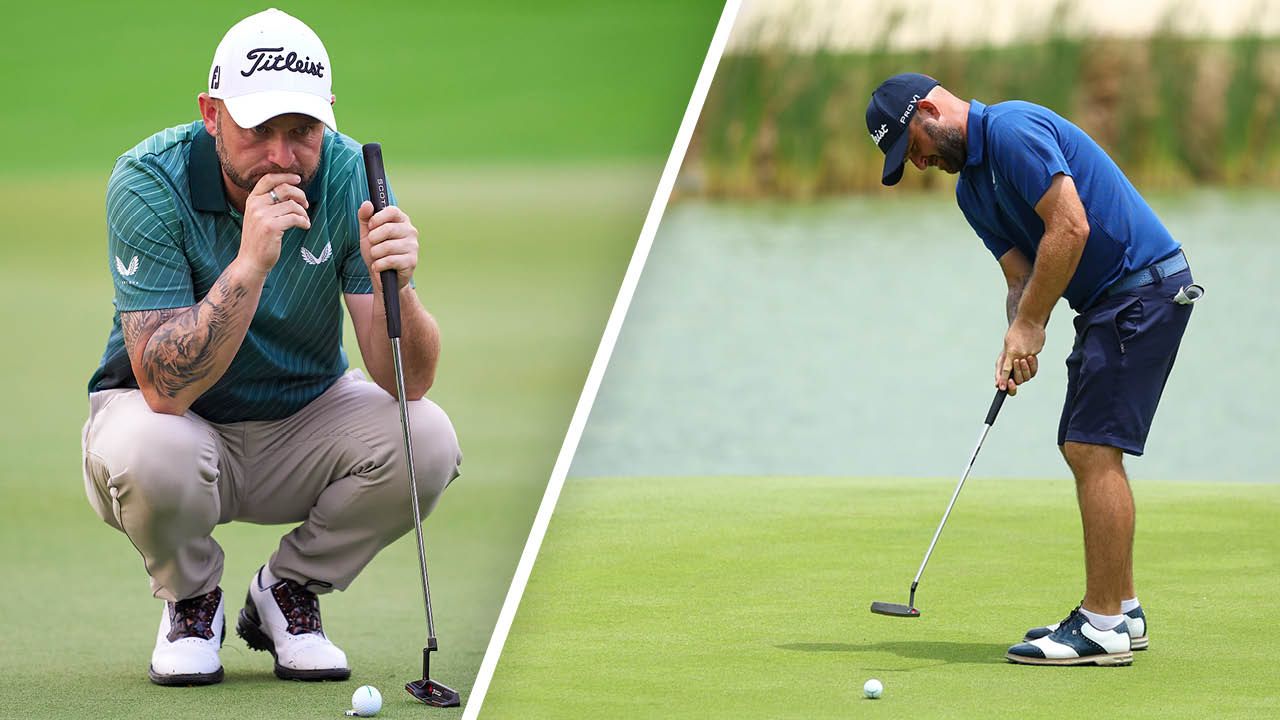
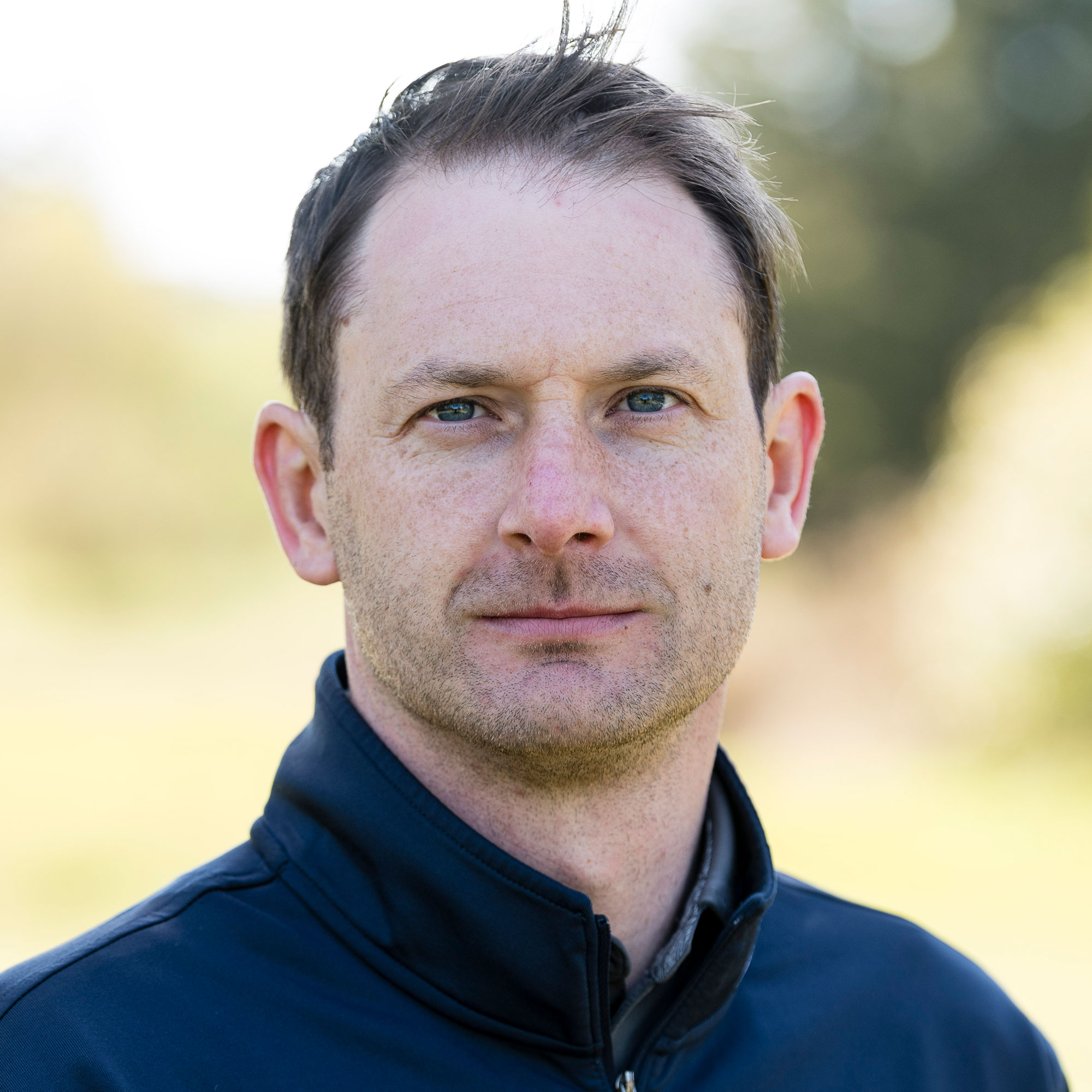
Improving putting performance will be high on the priority list for most amateur golfers as the season kicks into gear, but just reading the latest golf tips won't necessarily help you translate theory into practice.
Instead, combining the best putting tips with some great putting drills could prove to be the recipe for success. Even the best putter on the PGA Tour needs to hone this crucial skill, so following suit and spending time on the practice green will surely pay dividends on the course.
In this article, four-time DP World Tour winner Andy Sullivan shares five expert putting drills that will help you to sink more putts and make more birdies...
1. Stack 'em up
This is my go-to drill when working on pace control, and is one of the most popular drills on tour. I start by marking out a five-foot gap between two tees. Then, I pop another tee down about ten feet away to mark where I’m going to putt from.
The aim is to ‘stack’ the balls up in the gap. Each one has to go further than the last. However, no ball is allowed to finish outside this five-foot zone. My first putt has to make it inside this area, too. If it doesn’t, I have to start again.
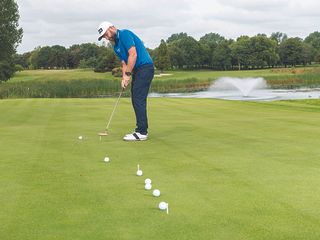
The stack 'em up drill is a great way to develop feel on the greens
I once saw Marc Warren get 11 in, which is pretty impressive. Normally, if you can get five in, you’re doing really well. When I’m dialled in, I can just inch each ball slightly further than the last. I love this drill because there’s no hole involved, and it gives me a great sense of the pace of the greens before I go out and play.
Try repeating this drill three or four times before you go out and play at the weekend – as opposed to quickly just throwing some balls down and trying to hole them – and I guarantee it’ll be a more effective warm-up.
Get the Golf Monthly Newsletter
Subscribe to the Golf Monthly newsletter to stay up to date with all the latest tour news, equipment news, reviews, head-to-heads and buyer’s guides from our team of experienced experts.
2. The spiral
I tend to do my three- to eight-foot spiral drills on a Tuesday or Wednesday before a tournament, not during actual competition days. I’ll aim to hole the closest putt and then move on to the next one. Miss and I’ll stay where I am. I’ll keep doing it until I get all the way round without missing.
The more you hole of these and the more you see the ball going into the hole, the greater your confidence will become. If you’re kind to yourself, and give yourself nice flat putts, it shouldn’t take that long!
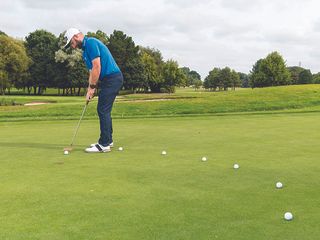
The spiral will test all aspects of your putting technique and green reading ability
However, ideally you want some shallow breaks, so every putt is slightly different. It gets you used to matching pace and line. With any drill where you’re scoring yourself – so, record how many attempts you’ve had – it adds a bit of pressure and it tests your perseverance as well.
3. Two-putt test
Before I tee off, I like to hit putts from roughly 30, 40, 50, 60 and 70 feet – so five putts in total – and I challenge myself to two-putt every one. It’s another good pace challenge – and, of course, read – with a bit more emphasis on the outcome.
I think a lot of amateurs feel like it’s a hassle to set up a drill, but this is so easy – you don’t need 20 million tees! It doesn’t matter if your practice green is small – the drill can still be effective when putting from 10, 20 or 30 feet. I never like to leave the putting green until I’ve successfully completed this drill.
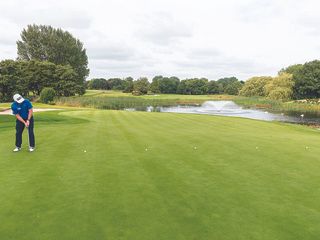
Giving yourself two-putts from longer distances will help you to improve your pace and line when putting
4. Holing out
Again, this is a really simple drill. Put a tee down at three, four and five feet from the hole – longer if you like – and just move back after holing each one.
These outcome drills are necessary, but I think club golfers can get a little too hung up with them. They’re great if you can box them all – but what happens if you don’t?
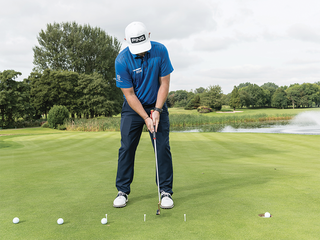
These outcome drills are necessary, but don't become fixated on the end result
It’s why, as with the spiral drill, I do this kind of work on the days leading up to a tournament, not during the actual competition itself. And it’s why drill number one (pace control) would be my favourite, and one I’d probably recommend amateurs try adopting more than any other, certainly immediately before teeing off.
5. Pace drill
The aim is to get each ball to finish a foot behind the hole (if it doesn’t drop). Just put down a tee or club behind the cup to mark that spot.
I remember playing Jordan Spieth in the 2011 Walker Cup and every putt of his seemed to go in at the same pace, no matter where he was putting from – and, if it missed, it would finish 18 inches to two feet behind the hole. It was ridiculous.
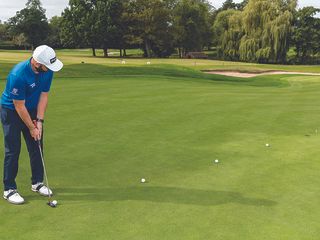
Setup a scoring system to challenge yourself and keep the drill engaging
For amateurs, I recommend taking the hole out of the equation as much as possible. Drills like this one will encourage you to get more into read and pace. You can add a scoring system to challenge yourself: minus a point for leaving it short, two points for holing it and a point for leaving the ball a foot behind the hole should it miss.

Michael has been with Golf Monthly since 2008. A multimedia journalist, he has also worked for The Football Association, where he created content to support the England football team, The FA Cup, London 2012, and FA Women's Super League. As content editor at Foremost Golf, Michael worked closely with golf's biggest equipment manufacturers and has developed an in-depth knowledge of this side of the industry. He's a regular contributor, covering instruction, equipment, travel and feature content. Michael has interviewed many of the game's biggest stars, including seven World No.1s, and has attended and reported on numerous Major Championships and Ryder Cups around the world. He's a member of Formby Golf Club in Merseyside, UK.
-
 Sun Day Red Launches Azalea Gold Collection, And It Might Be The Best 'Augusta-Themed' Range We Have Seen
Sun Day Red Launches Azalea Gold Collection, And It Might Be The Best 'Augusta-Themed' Range We Have SeenTiger Woods' brand has just released the new collection and we are big fans already...
By Sam Tremlett Published
-
 'I Can't Believe I'm Saying This' - Tiger Woods Hints At Shock Augusta Appearance Before Revealing True State Of His Achilles In April Fools Joke
'I Can't Believe I'm Saying This' - Tiger Woods Hints At Shock Augusta Appearance Before Revealing True State Of His Achilles In April Fools JokeWoods was apparently keen not to miss out on the whimsical nature of April 1 by posting a playful update on his recovery from Achilles surgery
By Jonny Leighfield Published
-
 Do You Struggle With Distance Off The Tee? Try This Quick Fix To Make 2025 Your Biggest Golf Season Yet
Do You Struggle With Distance Off The Tee? Try This Quick Fix To Make 2025 Your Biggest Golf Season YetStruggling with distance off the tee could be a major reason why your handicap isn't coming down or your scores aren't improving, but our quick fix can help...
By Barry Plummer Published
-
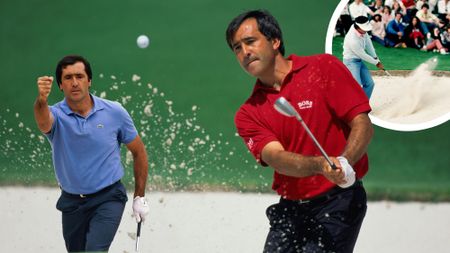 Seve's 'Lost' Bunker Lesson: Master Slopes And Transform Your Short Game Today
Seve's 'Lost' Bunker Lesson: Master Slopes And Transform Your Short Game TodaySeve's forgotten bunker lesson, from Golf Monthly's August 1983 issue, could hold the secret to better bunker play and supercharging your short game this season
By Barry Plummer Published
-
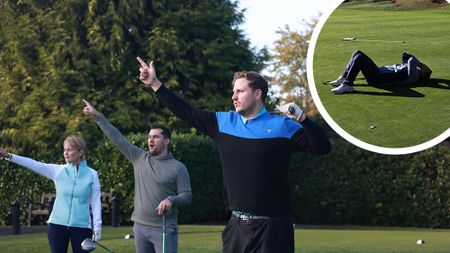 Is Your Golf Swing Failing You? This All-Encompassing Drill Can Instantly Save It
Is Your Golf Swing Failing You? This All-Encompassing Drill Can Instantly Save ItAre you struggling with your golf swing? Discover the all-encompassing drill that can fix common swing faults and restore your game. Get back on track today!
By Tom Motley Published
-
 I Attended An Exclusive Tee To Green Masterclass With A Top Golf Coach... Now I'm Sharing His 6 Transformative Tips With You
I Attended An Exclusive Tee To Green Masterclass With A Top Golf Coach... Now I'm Sharing His 6 Transformative Tips With YouFew golfers get the chance to spend an entire day with a top golf coach, which is why I can't keep his six expert tips to myself. Get ready to play better golf!
By Barry Plummer Published
-
 5 Things The Biggest Hitters Do To Generate Power In Their Golf Swing (And How You Can Copy Them)
5 Things The Biggest Hitters Do To Generate Power In Their Golf Swing (And How You Can Copy Them)Generating more power is a great way to improve your handicap and shoot lower scores. So, we analysed the biggest hitters in golf to help you hit it further...
By Barry Plummer Published
-
 Vijay Singh's Secret To Playing Better Golf Has Been In Our Archive Since 1992... And 33 Years Later It Could Still Radically Improve Your Swing
Vijay Singh's Secret To Playing Better Golf Has Been In Our Archive Since 1992... And 33 Years Later It Could Still Radically Improve Your SwingI scoured through the Golf Monthly archives to find expert golf swing tips from the best players in the world. This gem from Vijay Singh did not disappoint...
By Barry Plummer Published
-
 I'm Confident These 5 Tips Will Transform Your Golf Game In Time For The 2025 Season... Because They Come Straight From The French Open Champion!
I'm Confident These 5 Tips Will Transform Your Golf Game In Time For The 2025 Season... Because They Come Straight From The French Open Champion!Golf tips from a two-time DP World tour winner don't come around everyday, but Dan Bradbury's expert advice will help you to shoot better scores in 2025...
By Barry Plummer Published
-
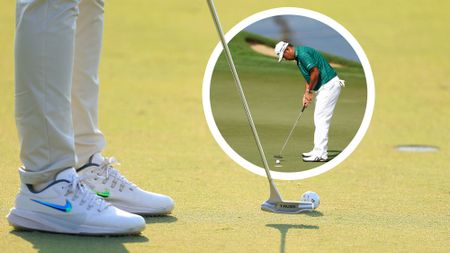 Short Putts... Dead-Weight Or Firm? Our Experts Debate This Common Conundrum
Short Putts... Dead-Weight Or Firm? Our Experts Debate This Common ConundrumStanding over a short putt with the match on the line is enough to make even the best putter feel a little uneasy. But, is it best to hit dead-weight or firm?
By Barry Plummer Published